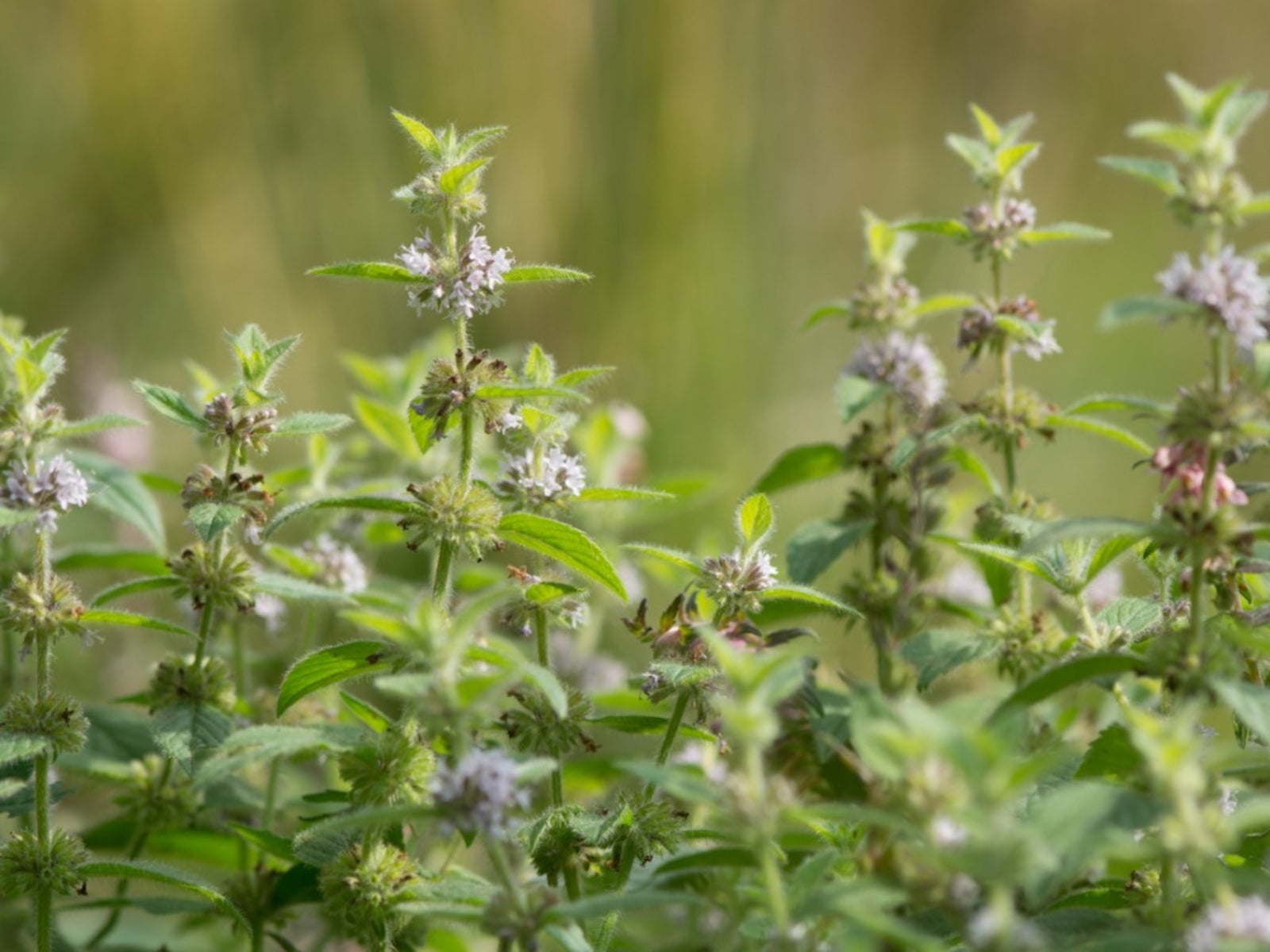Field Mint Information: Learn About Wild Field Mint Growing Conditions
Garden mint is one thing, but field mint growing wild emits such a pungent fragrance it can't be mistaken. Try growing some wild field mint in the garden, preferably in a controlled space!

Care Of Field Mint - Tips For Planting Wild Mint In The Garden
What is wild mint or field mint? Field mint (Mentha arvensis) is a wild mint native to the central part of the United States. The scent of this wild mint growing in a field is often so strong you can smell it long before you can see it.
Keep reading for field mint information and learn about wild mint growing in your garden.
Field Mint Info
Native Americans used to drink field mint tea as a remedy for colds, and it's still used today for teas and flavorings for food.
It's an unusual-looking mint plant, with a square stem that grows from 6 to 18 inches (15 to 45 cm.) tall with tufts of flowers puffing out around the stem every few inches.
As with other types of mint, picking mature field mint leaves first thing in the morning ensures the best flavor. Enjoy it fresh chopped in iced tea, sprinkled on a salad or mixed into a variety of dishes. Dry the leaves for long term storage. You can enjoy mint tea from fresh or dried leaves.
Wild Mint Growing Conditions
Planting wild mint begins with choosing the right patch of garden in which to plant it.
This plant does not like to get dried out, so sandy soils aren't the best environment in which to grow your field mint. Dig a good quantity of compost into sandy soils to help keep the soil moist. Make sure your proposed planting site includes full sun, or almost full sun. Field mint can tolerate light shade, but not dappled sun, like underneath a tree.
Gardening tips, videos, info and more delivered right to your inbox!
Sign up for the Gardening Know How newsletter today and receive a free copy of our e-book "How to Grow Delicious Tomatoes".
Like any other mint plant, the care of field mint plant isn't so much a question of keeping it healthy and alive as it is of keeping it held back. Mint is one of the most invasive plants you can put in your garden and can take over an entire yard in a matter of a few years.
The easiest and least expensive way to prevent this from happening is by planting all mint plants in containers and never putting them in the garden itself. Use a rich potting soil and a large pot to allow the mint to spread out a bit, and keep the flowers deadheaded to prevent them from seeding onto nearby soil.
Plant field mint seeds in the fall after the leaves have fallen from the trees, or store them in the refrigerator vegetable bin for at least three months before planting them in the spring.
Plant the seeds by sprinkling them on top of the soil, then watering them in. Seedlings should sprout in about a week.
-
 Looking For Plants To Give You The Soft And Fuzzies? Try These 5 Fuzzy Leaf Plant Options
Looking For Plants To Give You The Soft And Fuzzies? Try These 5 Fuzzy Leaf Plant OptionsLovers of texture, drama, silver foliage and tactile plants will adore these special sensory garden additions. These fuzzy leaf plant options will leave you all aglow
By Susan Albert
-
 Get Ready For A Summer Of Hummers! Grow These Full Sun Hummingbird Plants and Flowers
Get Ready For A Summer Of Hummers! Grow These Full Sun Hummingbird Plants and FlowersIf you’re lucky enough to enjoy a sunny backyard, make sure you are maxing out on your pollinator opportunities and grow these full sun hummingbird plants and flowers
By Tonya Barnett